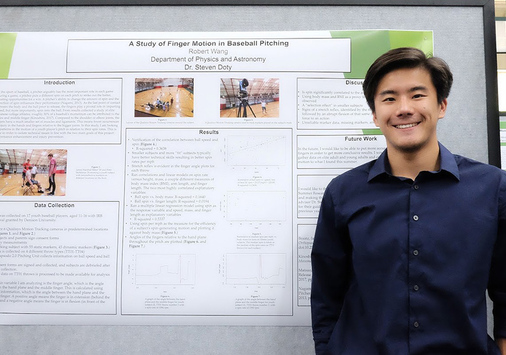Over the past seven years, we have begun to glean new information about the universe and its contents from one of the most elusive messengers, gravitational waves, which are disturbances in the curvature of spacetime generated by accelerated masses. Gravitational waves were predicted in 1916 by Albert Einstein on the basis of his general theory of relativity. The Laser Interferometer Gravitational-wave Observatory (LIGO) is part of a network of incredibly sensitive ‘sensors’ used to detect gravitational waves. To date, LIGO along with its European partner Virgo have detected nearly 100 gravitational wave events. A critical prerequisite to these detections is accurate and reliable ER calibration of the LIGO and Virgo interferometers.
Wade gave an overview of the current calibration methods for the LIGO detectors and discussed some of the improvements being implemented for the upcoming data-taking run scheduled to begin in May.















